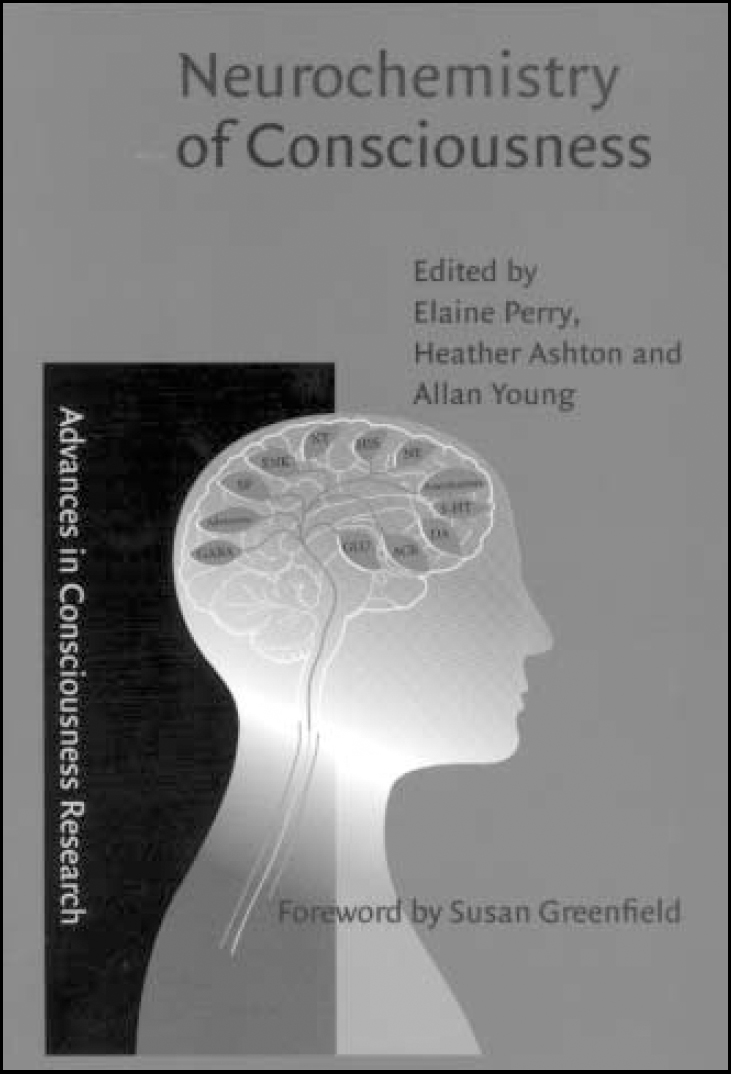
If this book were untitled, I would conclude that it was one of the best available textbooks on basic and clinical neuropharmacology. Part 1 is an up-to-date and comprehensive review of neurotransmitter systems and Part 2 is one of the best sets of reviews of psychophysiology and cognitive neurochemistry at this level of publication. Part 3 includes excellent reviews of the clinical pharmacology of hypnotics and neuroleptics. Part 4 is an exceptionally comprehensive text on the clinical neurochemistry of most neuropsychiatric disorders. I would unreservedly recommend it to all my clinical and scientific trainees.
What, then, is wrong with it? Mainly the title, the part headings and the foreword. The title and the foreword (by Susan Greenfield) promise great insights into the neurochemistry of consciousness, as do the part headings, but the flow of the book is about mainstream neuropharmacology. The chapters that get close to examining the neurochemistry of consciousness are the weakest, because of the paucity of the experimental data, and they do not fulfil the promise of the foreword. This is not a criticism but a pity, as the book could be a best-seller competing with other major textbooks of psychopharmacology. The student browsing the lists of suitable texts would not pick up the value of this book from its title.
The foreword is interesting for its loquaciousness: ‘We are now looking beyond the stumbling block of causality: the water of neuronal signalling, translated into the wine of subjective experience’. Great! But what does it mean? Professor Greenfield says that this is the biggest and most exciting question and she castigates mainstream scientists for getting bogged down in the ‘hurly-burly of peer review papers and grant writing’. But this ‘hurly-burly’ is presumably in activities that will benefit patients within a professional lifetime. I am not sure that this ‘hard problem’ is of particular use to either current or future generations of patients.
The book is part of a series on advances in consciousness research, including cognitive psychology, linguistics and neurophilosophy. If these are of the same quality this would be a mouth-wateringly interesting series of books on the neurosciences. Let us hope that they have subtitles that indicate the broader values of the books.



eLetters
No eLetters have been published for this article.